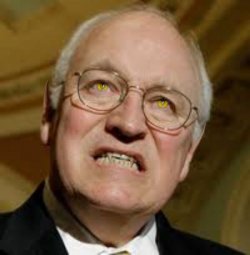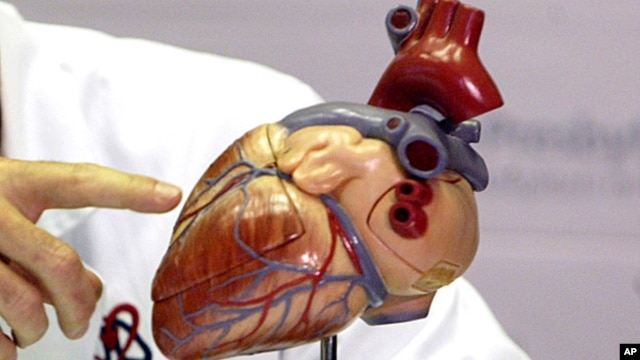statusquobuster
Rookie
- Mar 5, 2009
- 78
- 11
- 0
- Banned
- #1
Have a heart. Have a newer heart, without a heart transplant. Hearts healing themselves: Not a crazy idea, but a new hope.
In the history of science there frequently is a scientist who has an idea that nearly all other scientists think is nonsense. It takes time and a lot of research usually for enough evidence to be pile up to convince the world that the creative scientist is correct. And now we have research results that show an idea put forth in 1987 by Dr. Piero Anversa, now of the Harvard Medical School, was absolutely correct. He asserted that new heart cells replace old ones. In other words, that hearts regenerate themselves.
Read the rest of my article at:
Heart Healing Looks Promising by Joel Hirschhorn
In the history of science there frequently is a scientist who has an idea that nearly all other scientists think is nonsense. It takes time and a lot of research usually for enough evidence to be pile up to convince the world that the creative scientist is correct. And now we have research results that show an idea put forth in 1987 by Dr. Piero Anversa, now of the Harvard Medical School, was absolutely correct. He asserted that new heart cells replace old ones. In other words, that hearts regenerate themselves.
Read the rest of my article at:
Heart Healing Looks Promising by Joel Hirschhorn




